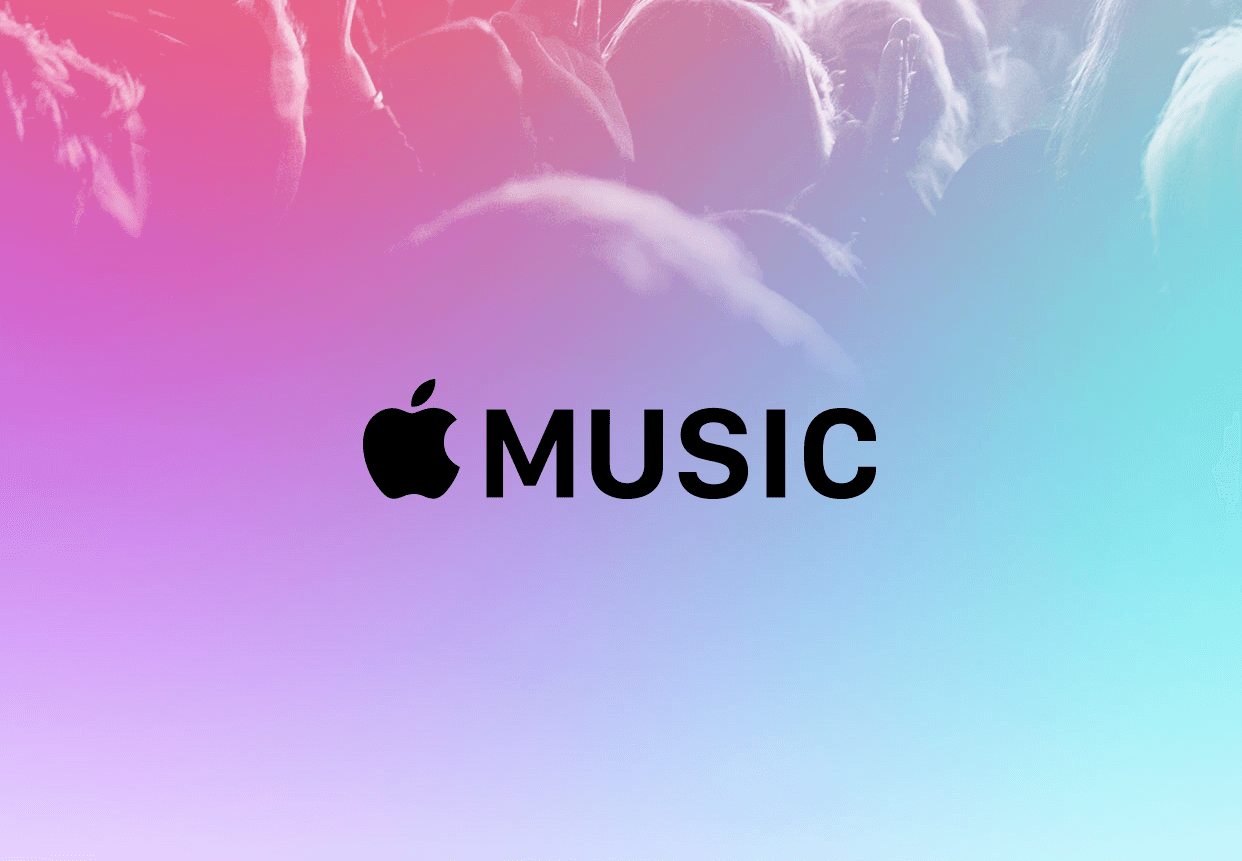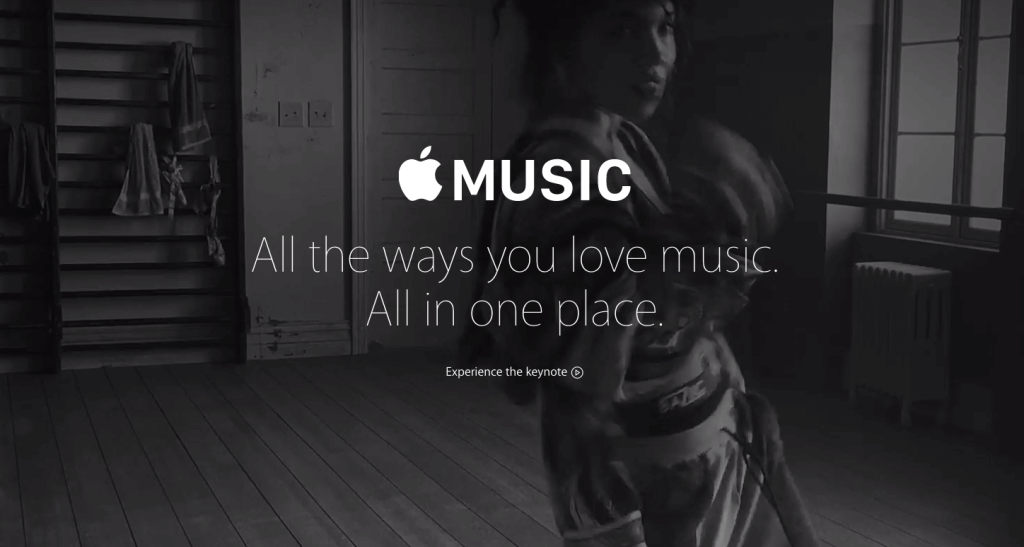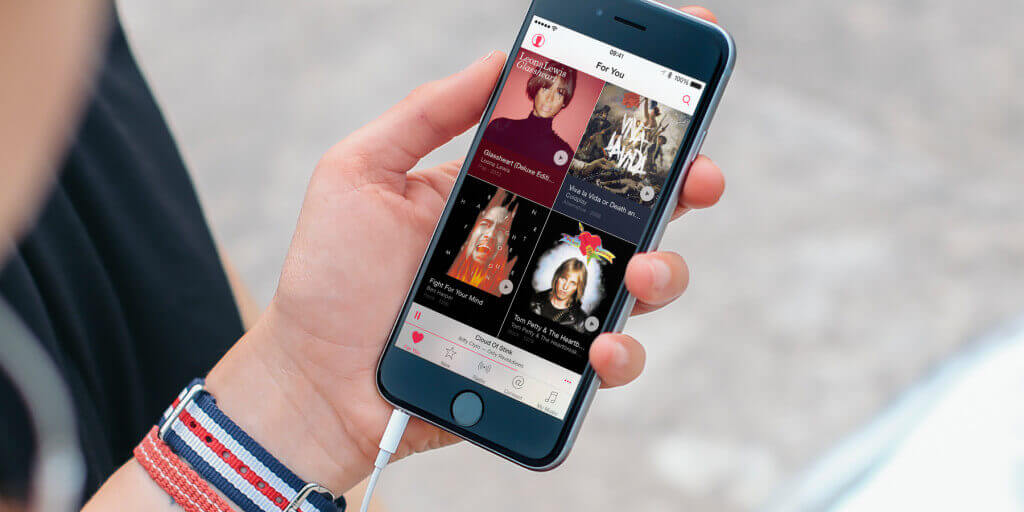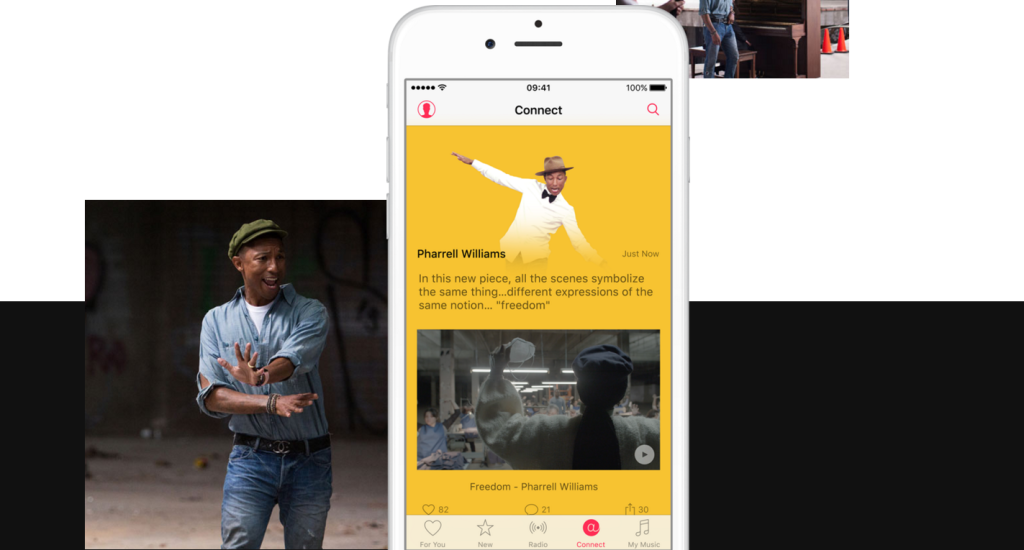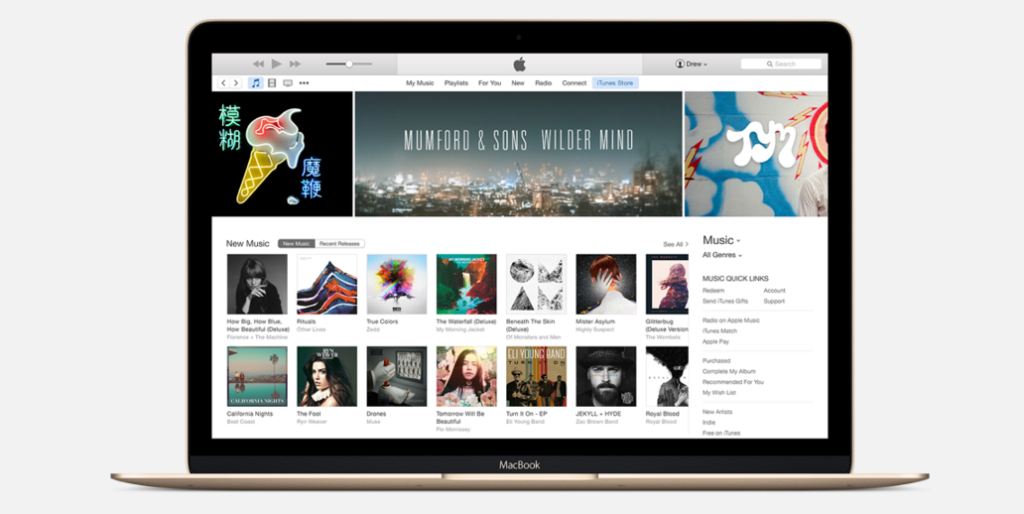Apple’s Worldwide Developer’s Conference 2016 runs from June 13-17 – and it looks like we might see some significant Apple Music updates
Outside of the almost certain iOS 10 announcement, which is likely to be the key focus of the event, it was otherwise looking a little empty. However, in early May exciting rumors began to arise: Apple Music is going to get a significant overhaul.
By the time the conference keynote rolls around on June 13, Apple Music will be just a couple of weeks shy of its first birthday. So, how’s it shaped up? Though it virtually dominates the paid-for-downloads models over at iTunes, it could be said that Cupertino was caught snoozing when the likes of Pandora and Spotify began streaming unlimited music for free in an ad-supported model, or at a premium price ad-free ten years ago. It was revelatory, and gave music fans access to more music they could possibly ever listen to in a lifetime.
Of course, believing Apple was napping on the job would show a lack of familiarity with the history of the company. It’s well-known that Apple likes to bide its time, waiting until all the kinks of a new product have been ironed out. Take a look at the Apple Watch – there were loads of smartwatches out there before Apple joined in, but by using the clout surrounding its name and its premium design approach, Apple was able to step in and hoover up half the smartwatch market share.
Has Apple done the same thing with Apple Music? In a word, no. In fact, just days ago Spotify vice president Jonathan Forster revealed that Apple Music’s launch had actually boosted its rivals’ userbase. Spotify now has around 100 million users, with around 30 million on its paid tier – that’s up from 20 million at the time of Apple Music’s launch, which last we heard, had at least 13 million. It’s likely that Apple had hoped to disrupt the music streaming industry a little more than it had (though let’s remember another close rival Tidal languishes at 3 million paid subscribers.)
So, what have been the issues? There were some concerns over what Apple Music did with existing digital music users might have on their hard drive. However, this guide does a pretty good job of outlining how iCloud Music Library works. Elsewhere, the simple presence of the ad-supported free tier would have kept many users on Spotify, but really, the key issue for many was the refocusing of both iTunes and the iPhone’s Music app to focus almost entirely on Apple Music. You existing music was relegated to just one tab in the app – ‘My Music’ – while everything else was focused on the subscription service.
This potted history aside, Apple Music has still made a relatively impressive splash, but there’s no doubt things to need to change. And it looks like they’re about to. Here’s what you can expect to see changed come June…
What’s likely to change
Interface changes: According to Bloomberg, It’s believed that the key alterations will happen to the user interface of the service, responding to criticism that it’s not particularly intuitive. It’s likely this will be the main source of change, and it could lead to a very different looking Music app – perhaps even making it less Apple Music focused so as to prevent frustrated iPhone users that don’t necessarily want to use the subscription service.
iTunes / Apple Music: It’s also likely that Apple will take some steps towards better integration of its streaming and download services. A difficult feat considering Apple Music has a listen offline functioning, enabling users to listen to whatever they want offline. For users that would foresee using Apple Music for the long-term the benefit in paying a full month’s subscription for an album in iTunes just to retain any files if they were to stop their streaming subscription is a tough sell. This is probably why Apple is reluctant to actively promote streaming to iTunes purchasers who still contribute to a massively profitable business model. It’ll be interesting to see how Apple is able to maintain both businesses as complementary entities.
Connect: It’s also rumored Apple will begin to play down its Connect service. Connect is a little like a social media service for artists, but it appears to exist within a ghost town mentality not dissimilar to Google Plus. It allows artists to share posts, photos, videos and tracks with subscribers. It was intended to be a key part of Music and even has its own tab in the Music app. However, encouraging artists to be active on yet another social platform, not to mention asking users to also care when they can’t really take part themselves was perhaps one ask to many. It’s likely we’ll see this tab absorbed into another part of the app.
Leadership changes: There were some big changes following the launch of Apple Music in terms of leadership. The new look Apple Music is now being led by content head Robert Kondrk and Nine Inch Nails frontman Trent Reznor. Additionally, Apple’s design chief Jony Ive will be contributing, alongside Beats (which Apple acquired in 2014) co-founder Jimmy Iovine and Internet services SVP Eddy Cue.
What else could change?
We may see other things in the revamped Apple Music, or we may not; but there’s definitely more Apple could do to improve the service. Here’s a quick list of things Apple could change.
Ad-supported tier: Is this a good idea? We’re not sure – Apple’s selling point is its premium offerings, so providing an unpaid tier might undermine both its brand, and its iTunes offerings. However, if it wants to catch up with Spotify there’s no denying people (70 million of them) want a free, ad-supported streaming option.
Upvote/downvote: Using a popular internet-based form of approving and disproving, why not take the approach of contemporaries like Pandora? Apple Music isn’t great at suggesting artists, often choosing what’s popular across large groups of people. Why aren’t Apple Music users able to tell the service what they don’t want to hear about? That way you can get away from the obvious acts and delve deeper into a users’ tastes. A simple yes or no, like or dislike set of buttons would be welcome.
Better clients: A major problem with using Apple Music is the restricted ways in which you can do so. The iPhone app aside, it’s Apple Music’s enclosure within iTunes which is causing problems. It’s no secret the iTunes app is heavy as all heck and adding Apple Music into the mix not only muddies the waters between the music you own and your streaming subscription, but it also makes the desktop client even more cumbersome. Apple would be best placed creating a platform for the ground up for what it wants to be its key music service, rather than tacking it on to an app that was never designed for its presence. A stripped-down, simple Apple Music desktop application would do the service a world of good. Even a web-app would appeal to far more users than the streaming service has.
Whether you’re a subscriber to Apple Music or not it’s no doubt an intriguing service that will continue to grow. It’s good to know that Apple is continuing to develop the service and understands it has some key flaws. We’ll be waiting with baited breath as to what Apple has in store in June.
